Hot Summer Rose Care: Tips to Help Your Roses Survive
Your roses won’t look their best if you live in a hot summer climate during the hottest months (June, July, and August). That’s normal. Your role in caring for your roses during the extreme heat of summer is crucial. Use these hot summer rose care tips to help your roses survive. As temperatures cool in the fall, your diligent care will be rewarded with beautiful blooms.
Article Outline:
- Select Heat-Loving Rose Varieties
- Protect Roses in the Summer with Compost
- Shade Roses as Needed During Hot Summers
- Don’t Let Your Roses Dry Out
- Pests and Diseases to Watch Out for Over the Summer
- What About Deadheading?
- Should I Fertilize Roses During the Summer?
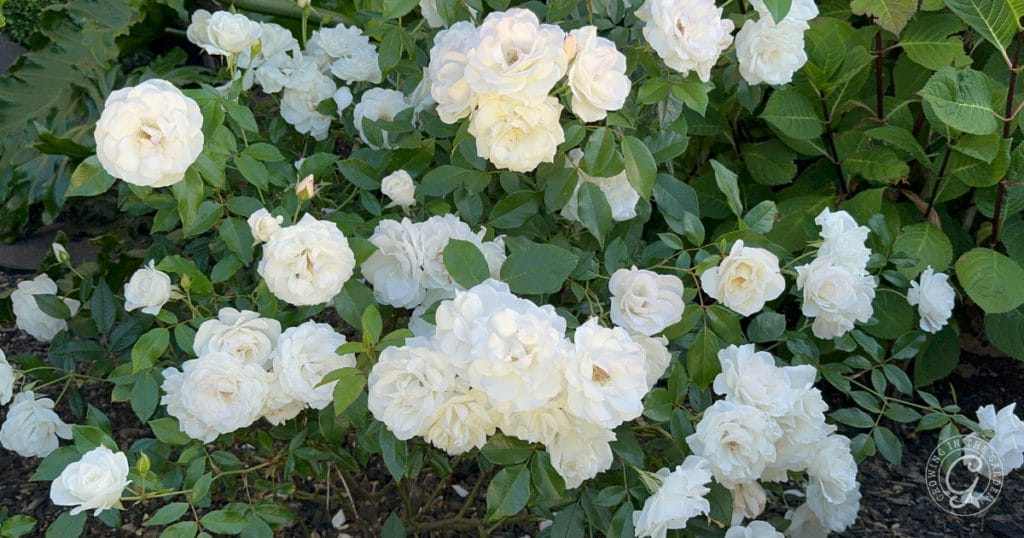
Hot Summer Rose Care: Select Heat-Loving Rose Varieties
When growing roses in hot climate areas, choosing the right varieties helps ensure your roses survive the summer heat. Roses such as Memorial Day, Iceberg, and Julia Child are excellent choices as they are known for their resilience and ability to withstand high temperatures. Memorial Day roses reward gardeners with their large, fragrant blooms, while Iceberg roses are renowned for their prolific flowering and disease resistance. Julia Child roses combine beauty with durability, producing stunning blooms.
Are you thinking about adding more roses to your garden? I get all of my roses from Heirloom Roses. I love that they are own-root roses (no grafts!) and have the highest standards for diseases. You know you are getting robust, disease-free roses with strong roots when you get them from Heirloom Roses. Use Code GARDENAZ20 for 20% off any rose order through December 31, 2025.
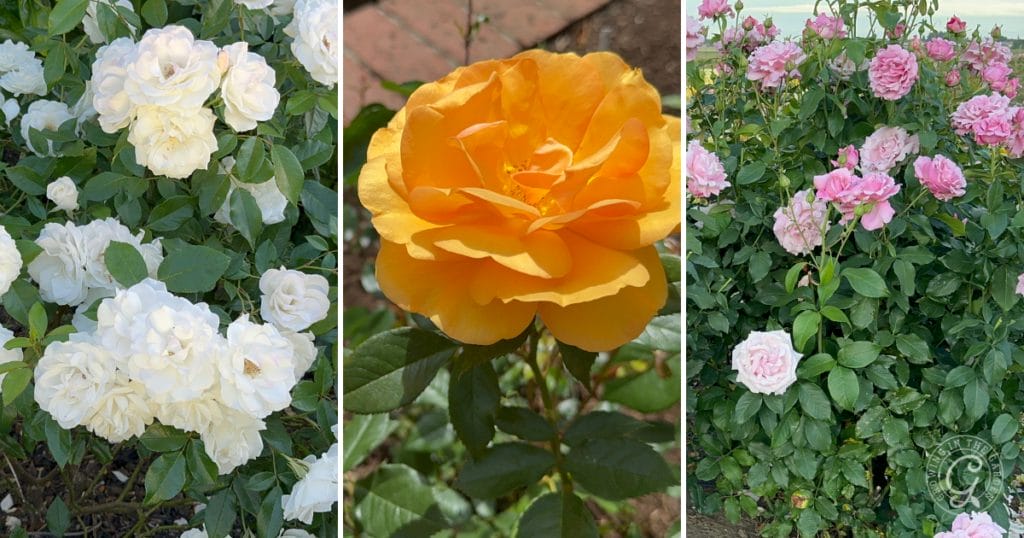
Protect Roses in the Summer with Compost
Before summer begins, apply a 2-3 inch layer of compost around your roses. This compost acts as a mulch, providing a protective layer that keeps soil moisture from evaporating too quickly. Additionally, as the compost breaks down over the summer, it enriches the soil, providing vital nutrients for your roses. Reapply additional compost as needed. Learn how to compost in this article.
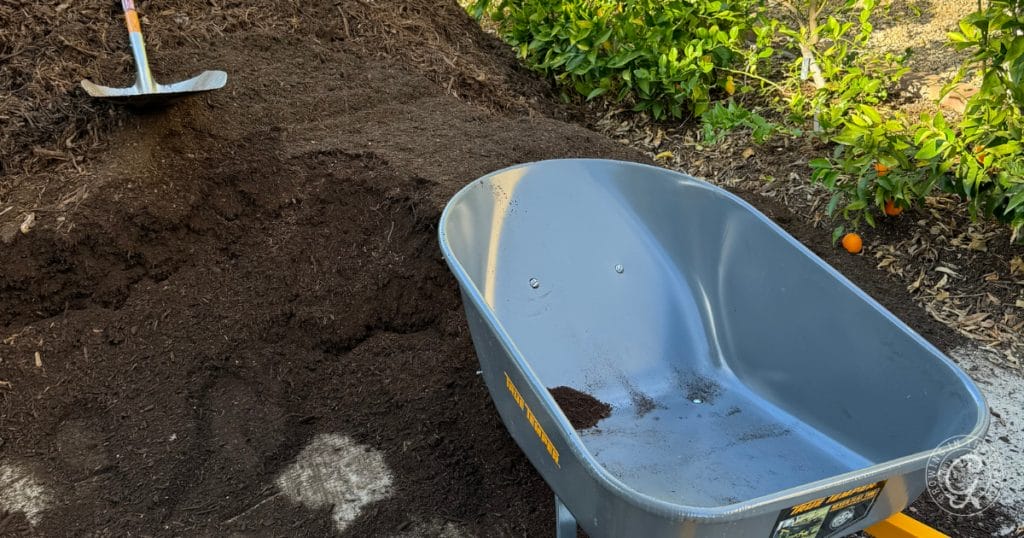
Shade Roses as Needed During Hot Summers
Although beneficial during less extreme heat, full sun during the summer can be stressful and even deadly for roses. If your roses get direct afternoon sun, add temporary shade to block the late afternoon sun. Read this blog post for ideas on how to add shade. Get more tips for surviving a heatwave in this guide.
Hot Summer Rose Care: Don’t Let Your Roses Dry Out
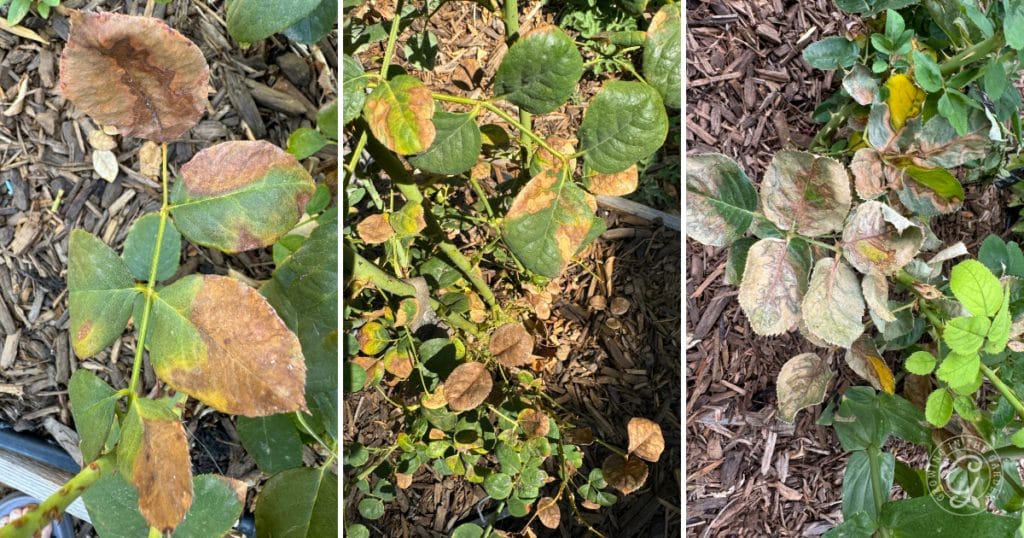
Water your roses deeply so the soil is fully hydrated to keep them healthy. Allow the soil to dry out for one to two days before watering again to let the roots breathe. Be cautious of soggy roots, as they can also be damaging.
Roses do not tolerate dry soil well. High temperatures and dry conditions can weaken and burn your rose plants, making them more susceptible to diseases and death. Even if rose leaves don’t show signs of water stress, brown leaves or dying branches are indicators that your plant isn’t getting enough water.
Pests and Diseases to Watch Out for Over the Summer
One benefit of warmer temperatures is the reduction in rose pests like aphids. Powdery mildew is also less common in extreme heat. However, spider mites can become a problem in hot, dry conditions. To help prevent spider mites, spray your roses a couple of times a week with a strong blast of water on both sides of the leaves to remove dust and any mites present. For more tips on controlling spider mites, read this blog post.
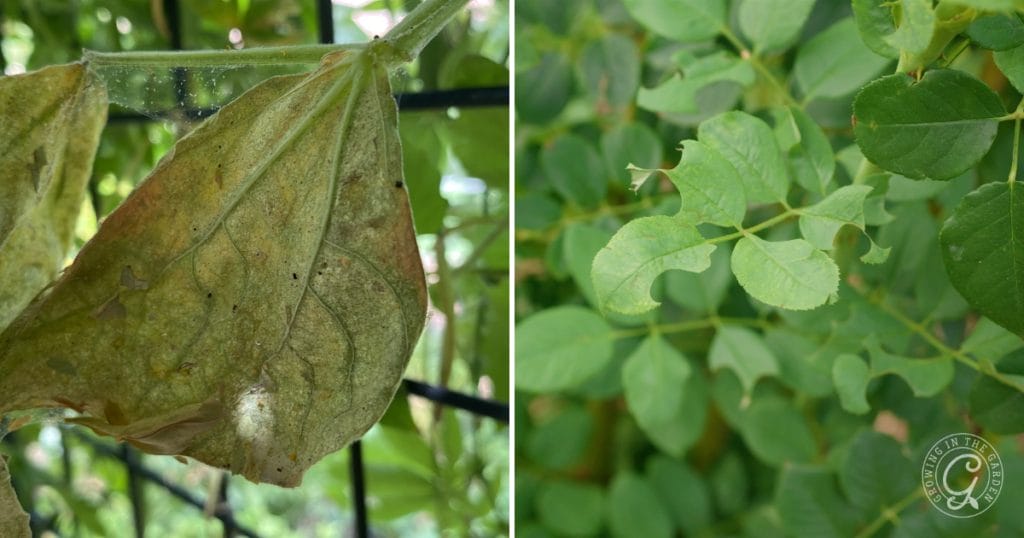
If you notice circles cut out from rose leaves, leaf-cutter bees are the likely culprits. These solitary bees use the leaves to build their nests. This type of damage is purely cosmetic and not a cause for concern. Leaf-cutter bees are excellent pollinators and beneficial to your garden.
Hot Summer Rose Care: What About Deadheading?
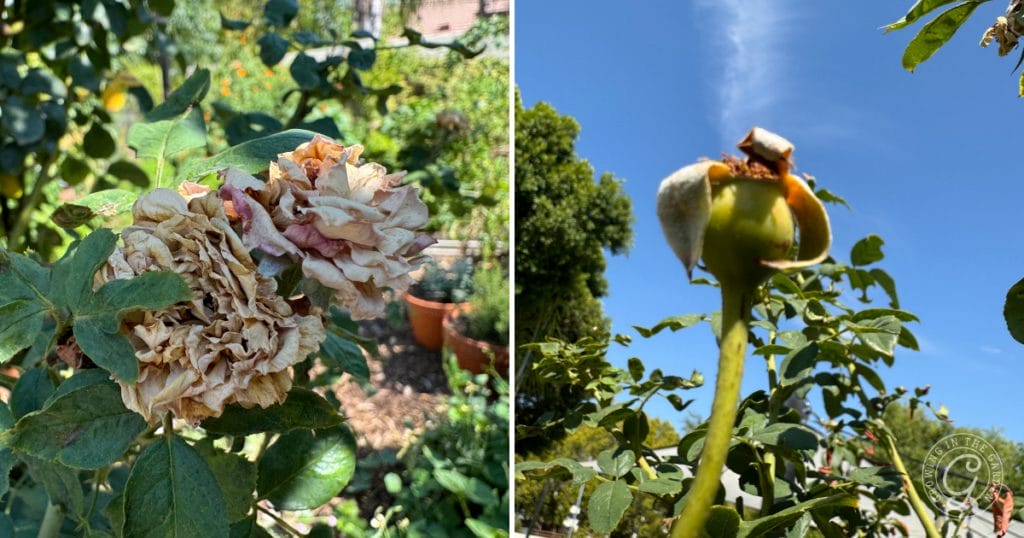
Generally, pruning and deadheading (removing spent blooms) encourage new growth. However, in extreme heat, new growth can burn up and cause additional stress to the plant. Instead of heavy pruning or deadheading, remove spent blooms right under the flower. This will prevent rose hips from forming and will be less stressful for the plant. A light touch during the hot summer months is critical.
Should I Fertilize Roses During the Summer?
Opinions vary on fertilizing roses during the summer months. Experiment to see what works best for your plants. Rather than feeding your plants, keeping your soil microbially active is crucial. A thick layer of compost often provides enough nutrients as it breaks down. Adding worm castings with the compost can further ensure healthy soil over the summer.
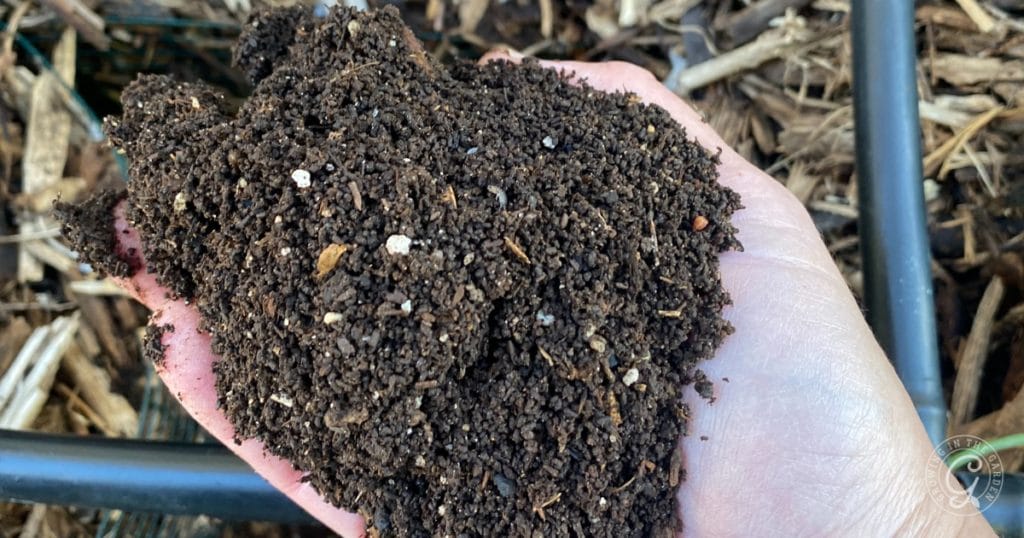
If you feed your roses, water them beforehand to hydrate the soil and plants fully. Use ¼ to ½ doses of an organic fertilizer once a month. If roses are in their first year, use a liquid fertilizer like this one. More is not better, as over-fertilization can cause additional problems. Resume regular feeding in September.
Roses may struggle during extreme heat, but with proper care, they are resilient and should survive. Let the prospect of stunning blooms in fall fill you with optimism throughout the hot summer months.
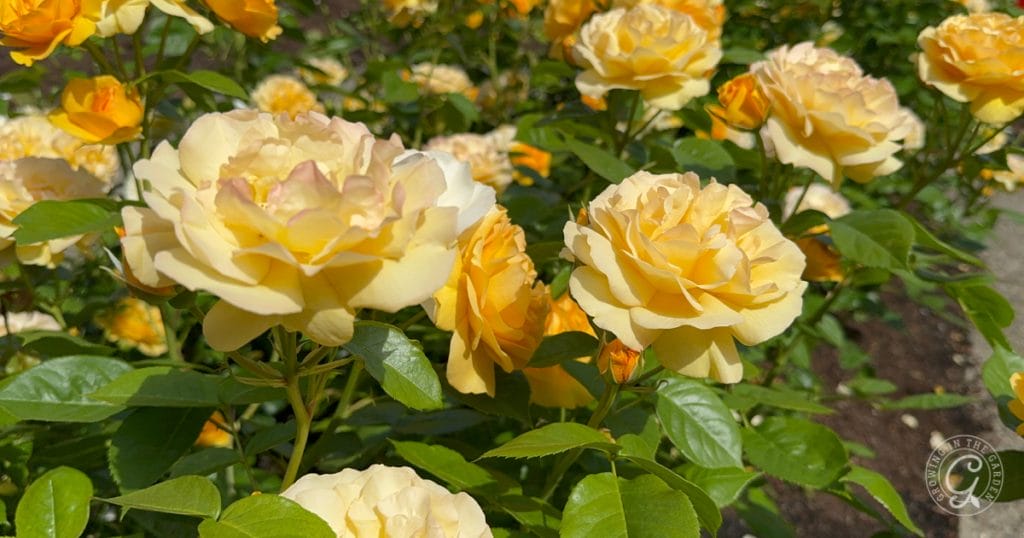
Are you thinking about adding more roses to your garden? I get my roses from Heirloom Roses. Use Code GARDENAZ20 for 20% off any rose order through December 31, 2025.
Additional resources for rose and summer gardening:
- How to Grow Roses in Hot Summer Climates
- 10 Ways to Help Your Garden Survive Summer
- Summer Gardening in Arizona


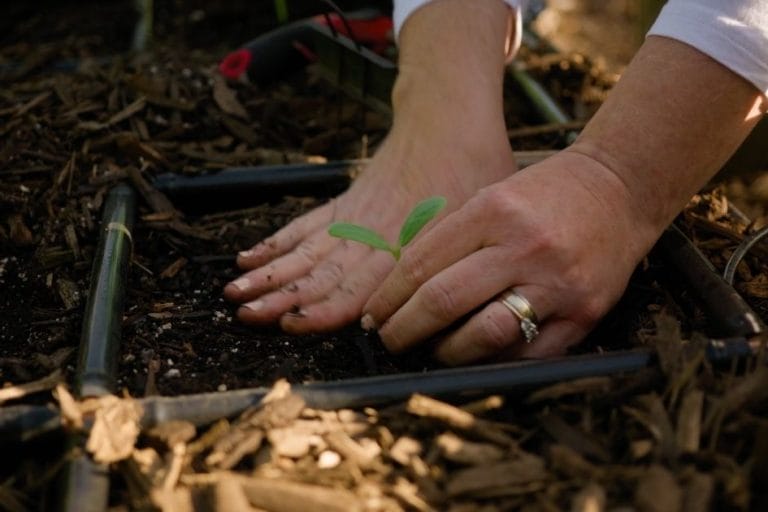


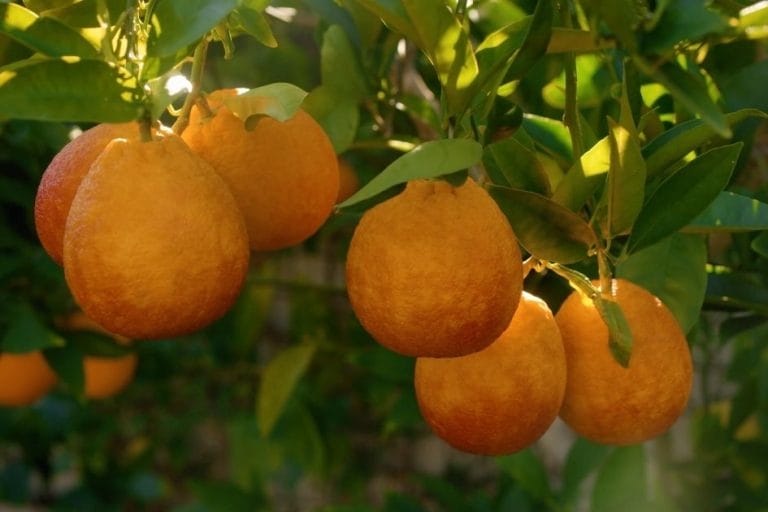
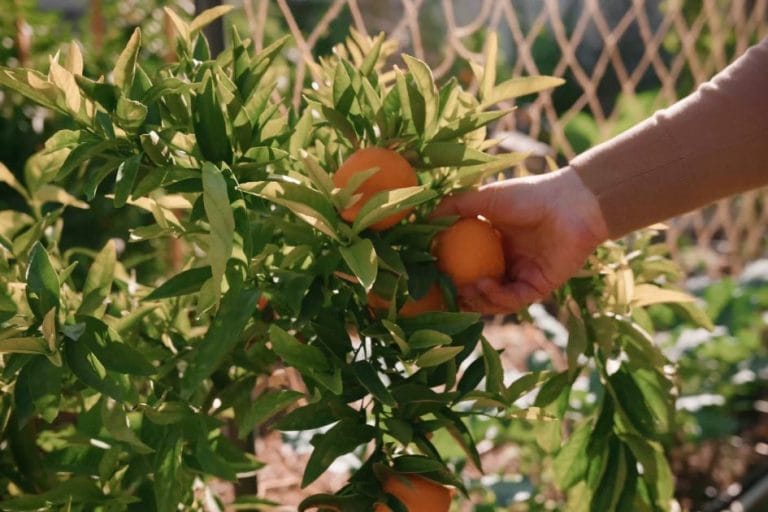
Leave a comment on Hot Summer Rose Care: Tips to Help Your Roses Survive